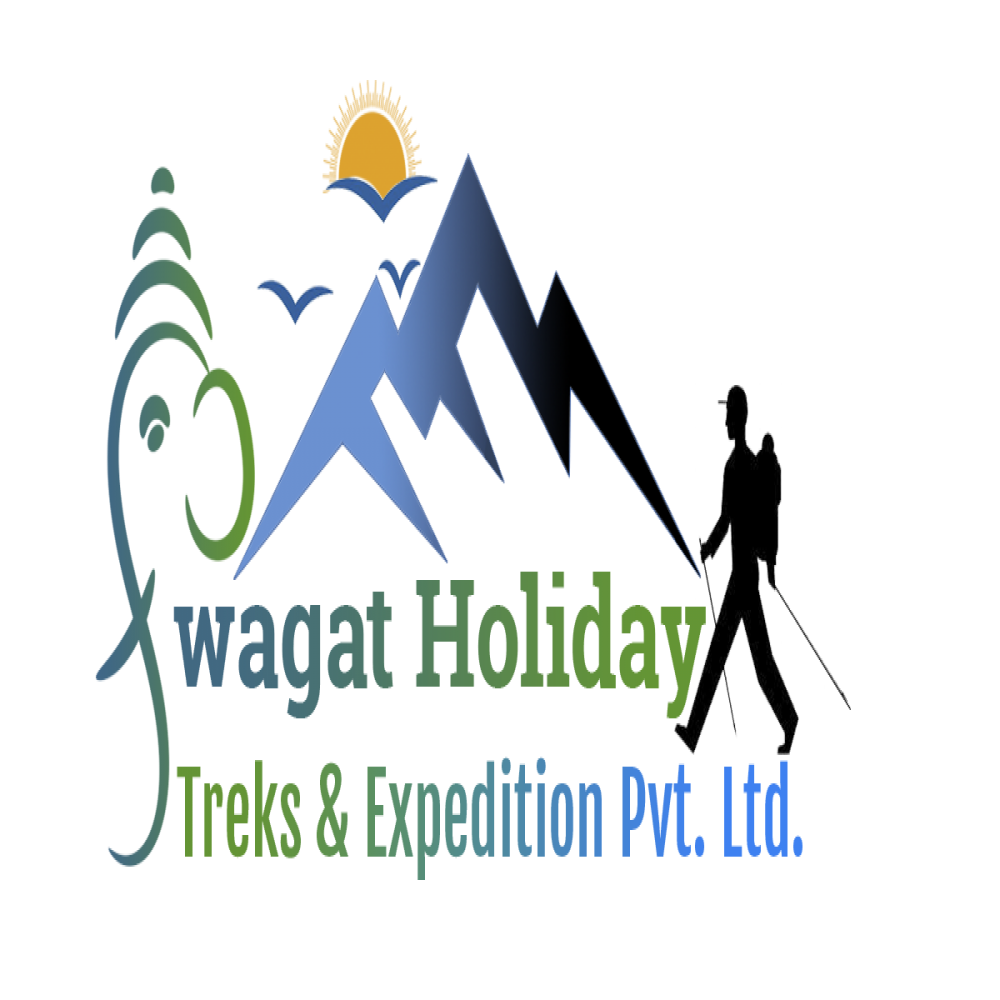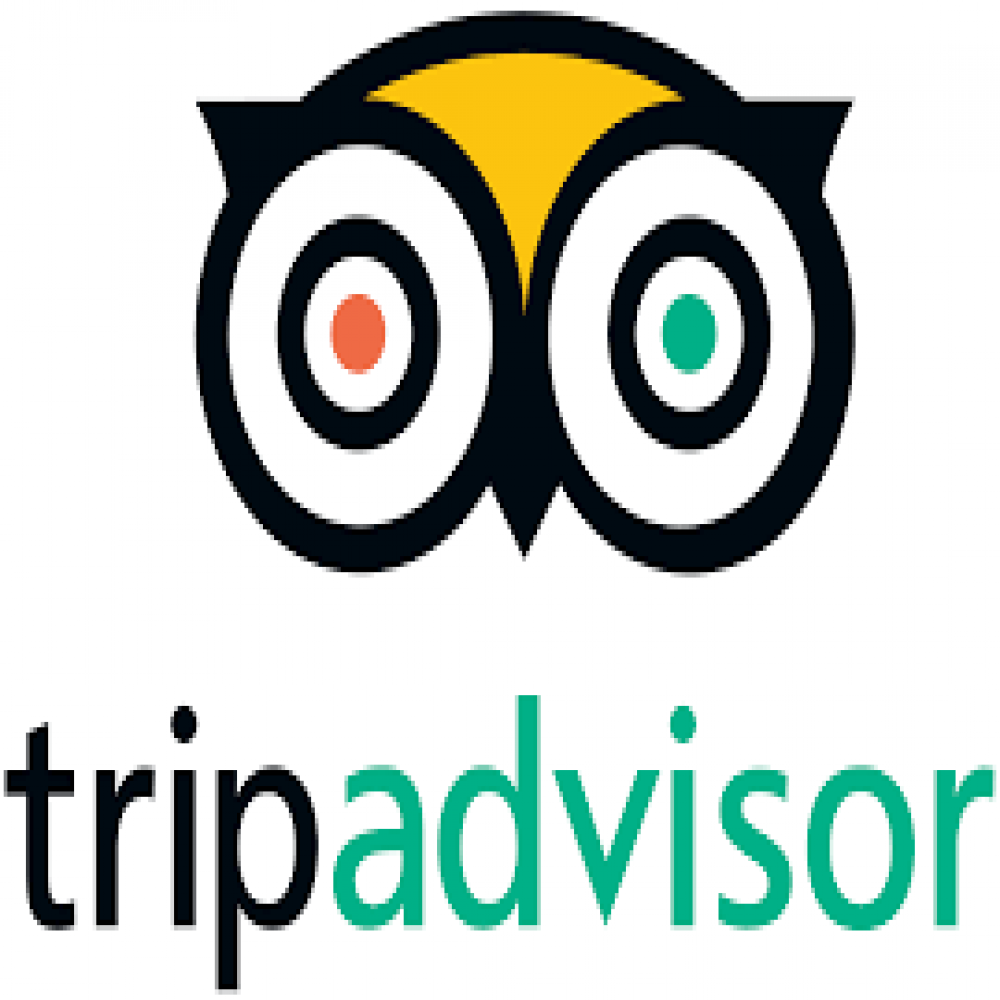Swagat Holiday Treks & Expeditions Pvt Ltd.
+977-9851002768 / +977-9860460464
Kathmandu Valley Sightseeing
Trip Introduction
Sightseeing around Kathmandu valley
Sightseeing around Kathmandu valley offers Nepal’s historical and cultural glimpse which includes two other neighboring cities Patan and Bhaktapur especially these are most visits sports to their own reorganization. Besides Nepal’s countryside, other destinations are also major places of interest among visitors some of them are the Pokhara- Annapurna region for a short hike and long trek, the Everest region to explore Sherpa Land, Chitwan for a wildlife safari tour, Lumbini birthplace of Lord Buddha, Nagarkot, Daman and Sarangkot for sunrise & sunset views as well Bandipur, Gorkha, and Nuwakot, etc. Here some of the most visited sports of Nepal are described in brief. Here in below major sightseeing spots around Kathmandu valley.
| Group Size : | Minimum 02 Pax | Max - altitude : | 1400M |
| Destination : | Other Activities | Fitness level : | Average |
| Arrival : | Kathmandu | Departure from : | Kathmandu |
| Meals : | Breakfast, Lunch & Dinner During Trip | ||
| Accomodation : | Double/Twin Sharing in Hotel/Lodge | ||
Here in below are major sightseeing spots around Kathmandu valley.
-
Kathmandu Durbar Square
-
Patan Durbar Square
-
Bhaktapur Durbar Square
-
55 window Palace
-
Nyatapole Temple
-
Bhairavnath Temple
-
Golden Gate
-
Changu Narayan Temple
-
Pashupatinath Temple
-
Baudhanath Stupa
-
Swayambhunath Stupa
-
National Museum
Kathmandu Durbar Square
The UNESCO world heritage site-Kathmandu Durbar Square is well renowned as Hanuman Dhoka Palace which is Nepal’s most popular site as a historical and cultural heart. The main palace and monuments of the around built-in medieval age by Malla Dynasty kings. The antique historical palace bears Nepal’s former reminisce of Royal family, traditional cultural, authentic architecture, and arts as well main festive ceremonial site. It was also until 1886 palace for the Shah Dynasty and thereafter shifted to Narayanhiti Palace. The most astonishing palace and of around to explore Tribhuwan museum, nine-story Basantapur Tower, Hanuman Temple, Taleju Temple, huge Kal Bhairab statue, Kumari-Living Goddess Temple, Kasthamandap, and 17th century-old stone inscriptions which are written in 15 different languages as well amazing wooden art carvings.
Patan Durbar Square
The Patan is also renowned as the city of arts in Nepal and commonly Nepalese called it Lalitpur. Nepal’s metal and stone artifacts are almost made in Patan city which are the real authentic products of Nepalese culture. The historical Patan city offers for travelers to see some of the very rare iconographies and wonderful monuments of Nepal. Mainly the major sightseeing spots are located around the Patan Durbar Square area. The old historical palace, Krishna Temple, Golden Temple, Kumbheshwor Temple, and other pagodas are the main attraction of Patan city.
Bhaktapur Durbar Square
The ancient city Bhaktapur lies in the Eastern part of Kathmandu valley which is also known as Bhadgaon or Khwopa, Bhaktapur. It is regarded as the abode of traditional Nepali culture, custom and unique arts if wooden and potteries. The historical monument on around signifies the medieval age culture and tradition of Nepal and this old city is inhabited by indigenous Newari people in large groups. The main attractive monuments are Nyatapole Temple, a statue of King Bhupatindra Malla, Peacock window, Golden Gate, and fifty-five windowed palace of Bhaktapur Durbar Square. To visit this ancient place requires foreign tourists have to pay $15 as an entry fee and only Nrs 50 for nationals from China and SAARC nationalities. The following are major attractions of Bhaktapur Durbar square:-
-
55 window Palace
The palace of fifty-five windows was built during the reign of the Malla King Yaksha Malla in 1427 AD and was remodeled by King Bhupatindra Malla in the 14th century. Among the brick walls, with their gracious setting and sculptural design, is a balcony of fifty-five windows, considered to be a unique masterpiece of woodcarving. It is also known as one of the oldest monuments present in Nepal.
-
Nyatapole Temple
Nyatapole is the Newari language that means five stories- the symbolic of five basic elements. This is the biggest and highest pagoda of Nepal ever built with such architectural perfection and artistic beauty.
-
Bhairavnath Temple
The Bhairavnath Temple is dedicated to Bhairab the fiercest and manifestation aspect of lord Shiva.
-
Golden Gate
The Golden Gate is said to be the most beautiful and richly molded specimen of its kind in the entire world. The door is surmounted by a figure of the Hindu goddess Kali and Garuda (mythical griffin) and attended by two heavily nymphs. It is embellished with monsters and other Hindu mythical creatures of marvelous intricacy. Percy Brown, an eminent English art critic, and historian described the Golden Gate as “the loveliest piece of art in the whole Kingdom; it is placed like a jewel, flashing innumerable facets in the handsome setting of its surrounding.” The gate was erected by King Ranjit Malla and is the entrance to the main courtyard of the palace of fifty-five windows.
Changu Narayan Temple
Changu Narayan Temple is one of the oldest specimens of Pagoda architecture in the valley. Stone tables at the entrance have inscriptions dating to the Lichhavi period. Situated on a hill 12 km to the east of Kathmandu, and overlooking Bhaktapur, this Bishnu temple is rich in wood and stone carving. Around the temple are many fine images dating from the Lichhavi and Malla times. Changu Narayan Temple is listed in the world Heritage Site in 1979 (A.D.) by UNESCO.
Pashupatinath Temple
The Pashupatinath temple is a temple of Lord Shiva and is the holiest shrine for Hindus. The sacred temple lies on the bank of the holy Bagmati River, 5km east of Kathmandu city. Non-Hindus are strictly prohibited from entering the temple. The temple has a two-tiered roof and four silver doors and opens its doors early in the morning and evening for Pooja. Devotees from all over the world come here to pay their homage to Lord Shiva as well as pilgrimage their visit.
Baudhanath Stupa
The most remarkable monument of Buddhism was built in the 5th century A.D. during the ancient Lichhavi Dynasty’s king Mandev who also introduces the first metric system in Nepal. Now it belongs to the UNESCO World Heritage Site which is one of the world’s biggest octagonal stepped stupa and a popular shrine for both Buddhist and Hindu religious people as well as one of the main tourist attractions of Nepal. The entire stupa of around has many other sect’s monasteries (Gompas & Chaityas) and many devotees pray, fire incenses, lit butter lamps, and creak prayer wheels together chants of a monk which makes the ambiance of a place center to nirvana.
Swayambhunath Stupa
The most popular as a monkey temple (Swayambhunath Stupa) lies 3 km away from the west of Kathmandu on a small hill. It is also the most visited Buddhist monument and holy shrine for both Hindu and Buddhists which was built by King Mandev first. In the 14th century, Mughals from the India sub-continent attacked the Kathmandu valley and destroyed most of the historical monuments. Later it again renovated and during Malla Dynasty’s king Pratap Malla in the 17th century enhanced the architecture also added rocky steps to get to the Stupa. At present day, the stupa is a solid hemisphere of brick and day, underneath an arrogant conical spire capped by a pinnacle of bronze and copper, has Lord Buddha’s eyes adorned on all the four sides of the spire base. Besides the hilltop travelers can enjoy wonderful views of the entire Kathmandu valley.
National Museum
Nepal’s national museum is situated at Chhauni in Kathmandu which is close to the famous monkey temple (Swayambhunath Stupa) and it was established in 1938. The national museum has preserved many artistic masterpieces, artifacts, sculptures, historical pictures of former royal family and martyrs, a large number of geographic evidence and ancient monuments, etc. are showcased. Travelers can visit this museum to know about and understand the real history, culture, and traditions of Nepal.
COST INCLUDE
-
Airport / Hotel / Airport pick up & drop off service by a private tourist vehicle. (For both international and domestic flights).
-
2 Night standard twin-sharing accommodation in a hotel in Kathmandu including breakfast.
-
Basic guesthouse accommodation during the trek in mostly twin-share and occasionally dormitory-style rooms.
-
Three meals a day: Breakfast, Lunch, and Dinner during the Trip.
-
A Highly experienced, Helpful, Knowledgeable, friendly, well-trained Government license holding English-speaking trekking guide.
-
We provide an assistant guide for walking with the group to support where necessary as per group size.
-
National Park entrance fee and Trekkers Information Management System (TIMS card).
-
Food, accommodation, insurance, equipment, and medicine for all staff.
-
Arrangement of emergency evacuation service (should have insurance for emergency evacuation and will be paid by your Travel Insurance Company).
-
All applicable government taxes, vat, tourist service charges as per Itinerary.
COST EXCLUDE
-
Your Nepal Visa Fees (should bring small accurate fees in USD and 02 passport size photos)
-
All the International airfare to and from Kathmandu ( no need to pay departure tax for international flight)
-
Lunch and Dinner during staying in Kathmandu
-
Personal travel and Health insurance as well as insurance for helicopter evacuation
-
In case of extra night’s accommodation, Lunch and Dinner in the city due to early arrival or departure as well as early back/return from Mountain/Trekking(due to any reason) than the given time period of Itinerary. We can help you arrange extra nights’ accommodation.
-
Your personal expenses such as (soft beverages, confectionaries, laundries, phone calls, bar bills, Extra porter, etc.)
-
Medical expenses and trip cancellation.
-
Any other extended trips and accommodation.
-
Tips of the guide, porters, and driver as a token of appreciation.
# Any other expenses or charges that are not mentioned in the “cost includes” list.
Leave a Review
Note:
The itinerary prescribed above is the standard template of the trip plan offered by Swagat Holiday Treks & Expedition which can be readily customized to match the guest’s preferences. However, the guests are expected to understand that the execution of the trip plan might be circumvented by an array of uncontrollable factors like bad weather, political turmoil, strikes, blockades, and other unforeseen contingencies. Besides, the domestic flights in Nepal could be subjected to delays or cancellations owing to adverse weather conditions or technical glitches. It is worth mentioning that the flights cannot be operated in the condition where the visibility is less than 1600 meters. Under such abnormal circumstances, the trip plans might undergo slight or sharp alternation, taking into consideration the best interest of the clients. Wherever the changes are made, Swagat Holiday Treks & Expedition cannot be held responsible for the consequences. Nevertheless, we shall endeavor our level best to make sure that the trip is carried out with respect to the original trip specifics.
Equipment and Gears
-
Trekking Shoes
-
Sports shoes or sandals
-
Sun Hat/Cap
-
Basic Medical Kits
-
Hand Sanitizers
-
Trekking towels
-
Sunglasses (UV Protection)
-
Warm woolen cap
-
Warm fleece jacket or puffy jacket
-
Pullover or warm sweeter
-
Raincoat
-
A pair of good quality socks
-
A pair of trekking trousers
-
A pair of trekking shirts
-
A pair of underwear( non-cotton preferred)
-
Water bottle
-
Camera and Batteries
-
Sun Lotion
-
Day Pack to carry your valuables and water
-
Hiking Poles ( not compulsory)
Trip Location Map


